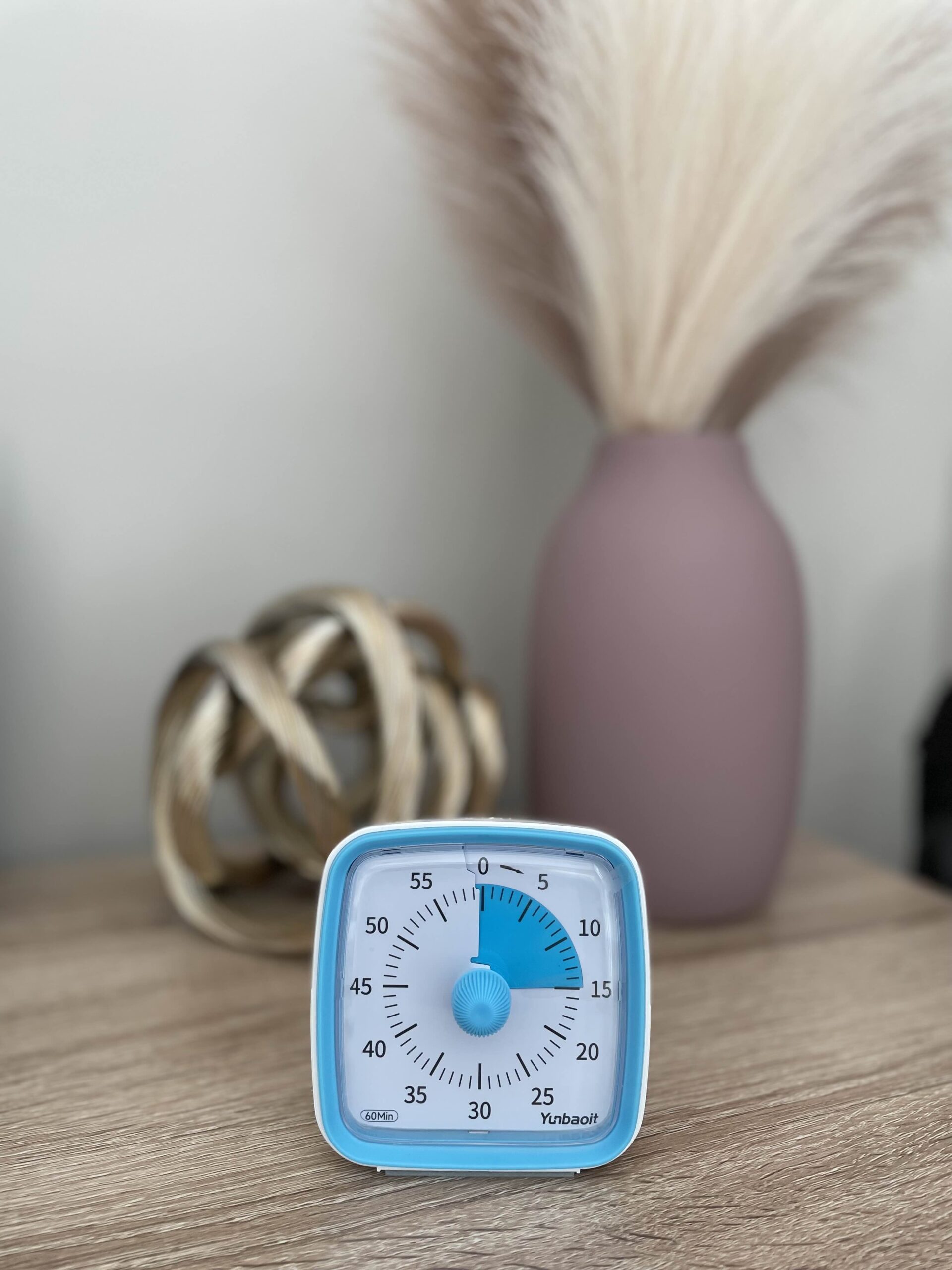Getting kids and teens to help out around the house can be one of the biggest challenges parents face. If you’re like most parents, you’ve probably tried the traditional chore chart route – maybe even experimented with sticker systems, allowances, or elaborate reward schemes. But these traditional approaches to kids chores often result in parents doing all the legwork of assigning tasks and reminding their kids to complete them, which leads to frustration on both ends.
But what if there was a way to empower kids to take more initiative and understand the importance of their contributions? Because at the end of the day, they will leave the nest and be responsible for their own home without us as parents there to lead the efforts on home management.
Enter my Agile Home Management System—a flexible, adaptive approach I created that was inspired by the agile methodology I used in software development and project management. By applying this method at home, children can learn to notice what needs to be done and act on it without constant reminders, promoting independence and responsibility.
The Problem with Traditional Kids Chore Systems
Traditional chore systems are often rigid and rely on a top-down approach where parents assign tasks and children complete them—when they’re reminded, of course. While this may seem efficient on paper, it tends to hinder a child’s ability to think independently and recognize household needs on their own.
Traditional chore systems for children often fall short because they:
- Put the mental burden on parents to assign and track tasks
- Condition kids to wait to be told what to do (rather than developing their own initiative)
- Don’t help children understand why household responsibilities matter
- Fail to build long-term skills around personal accountability
But there’s good news – there’s a better way to get kids excited about doing chores and build genuine responsibility.
4 Strategies that Teach Kids to “Notice and Do”
The goal isn’t just to get tasks done – it’s to help our children develop the awareness and initiative they’ll need throughout their lives. Instead of focusing on rigid task lists and constant reminders, these four strategies help children develop the skills to notice what needs doing and take action on their own. For specific tasks to practice these strategies with your children, check out my comprehensive guide to age-appropriate chores. The best part? You can start implementing these approaches whether your child is a toddler or a teenager.
1. Modeling Behavior
Kids often learn best by watching what we do. When they see us regularly noticing things that need attention and taking action, they start to develop that same awareness. This isn’t about silently doing chores while your kids watch – it’s about making your thought process visible to them.
My three-year-old recently spotted his handprints on the windows and asked for cleaning supplies. This didn’t happen by accident. We’ve been narrating our observations and actions since he could walk:
- “There are handprints on this window, let’s wipe them off.”
- “The sink is starting to get dirty. Let’s take two minutes to scrub it so it doesn’t get worse.”
- “Now that we are done playing with these toys – they need to go back to their home.”
This verbal modeling helps kids understand both what to notice and why we take action. It’s not about perfection; it’s about building awareness.
2. Make Chores a Team Activity
Everything doesn’t have to be ‘divide and conquer.’ Sometimes doing tasks together is a great way to spend time together while also accomplishing things that need to be done. I have great memories of music blaring, windows being open, and the entire family cleaning up the house. Sure, we may have been doing individual tasks, but we were still in the same shared space, taking time to cut up with one another or belt out a terribly off-key chorus.
Some of our favorite family moments happen during what others might call “chores.” For example, cleaning the kitchen after dinner becomes a chance to catch up on the day. My husband might be handling leftovers while I wipe counters, and our toddler “helps” with the dishwasher. We have age-appropriate expectations – we know he may run off and start playing at any minute, but that’s okay. He’s three, and he’s learning that these tasks are just part of our family routine.
The key is changing the narrative around household tasks. Chores don’t have to be this dreaded part of life. After all, home management takes up a lot of our time – why does it have to be negative and miserable?
3. Build Responsibility Gradually
Think about how you learned to ride a bike – you didn’t start on a mountain trail. The same principle applies to teaching kids home management skills. Start small with simple tasks, then gradually increase complexity as they show readiness.
For younger kids, this might mean:
- Putting their dirty clothes in the hamper
- Helping to sort laundry by color
- Placing their dishes by the sink after meals
- Putting toys back in their designated spots
For older children, responsibilities can grow to include:
- Noticing when the hamper is full and starting a load of laundry
- Recognizing when supplies are running low and adding items to the shopping list
- Identifying when shared spaces need attention
The key is to give them opportunities to contribute to the list of tasks by pointing out things they notice need attention. This builds their observation skills and helps them feel ownership of household management.
4. Keep it Positive and Praise Often
This isn’t about perfection – it’s about progress. When our son puts his clothes in the wrong drawer, that’s still a win because he noticed they needed to be picked up. I make sure to call out his contributions, even for small things. “Great job noticing your dirty clothes and putting them in the hamper!” or “Thank you for letting me know the hamper is full – now we can get the laundry started!”
But it’s not just about saying “good job.” Help your children understand how their actions positively impact the whole family. Try specific praise like:
- “Starting that load of laundry helps us have clean clothes ready for school this week!”
- “When you helped put away the groceries, we got done so much faster!”
- “Because you noticed the hamper was full, we can get the laundry done before the weekend!”
If you’re using my Agile Home Management System, there are even more opportunities to celebrate their progress. During our weekly family 10-minute check-ins, we make a point to shout out everyone’s contributions. This allows us to recognize our son’s initiative and thoughtfulness, reinforcing the behaviors we want to see continue.
The Long-Term Benefits of Involving Kids in Home Management
- Life Skills: The goal is that our kids leave the nest and are able to take everything they learned from living under our roofs and thrive. Home Management is a critical aspect of this evolution.
- Reduced Conflict: A shared responsibility approach decreases the tension of parents constantly nagging or reminding children about chores. it becomes a routine rather than a bourdon
- Independence: When kids see the bigger picture of how a household runs, they become better prepared for adult responsibilities. Children, regardless of gender, need to be able to take on all aspects of managing the home.
Ready to Get Started?
If you’re ready to transform your family’s approach to chores, start small:
- Pick one strategy from above to try this week
- Notice what works (and what doesn’t) over the next 7 days
- Adjust your approach as needed
And if you want more detailed advice on age-appropriate chores or my full Agile Home Management system, be sure to check out my other resources.
I’d also love to hear your thoughts! What’s working (or not working) in your home when it comes to kids and chores?






